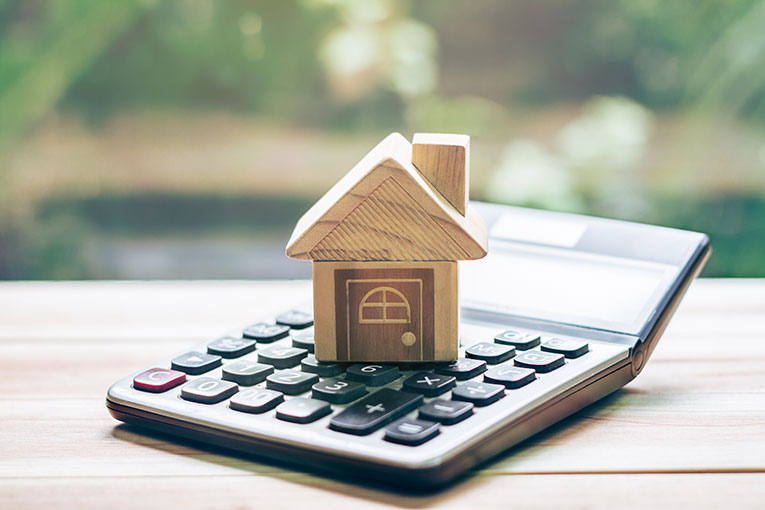UK house prices rose by 6.4% in the year to March 2025, marking the strongest annual growth rate in over a year, according to the latest data from the UK House Price Index published today by HM Land Registry and the Office for National Statistics.
The average price of a UK property stood at £271,000 in March, up £16,000 on the same time last year. This represents a monthly increase of 1.1% on a non-seasonally adjusted basis, compared with just 0.2% over the same period in 2024. When adjusted for seasonal effects, monthly growth was stronger still, reaching 1.4%.
The index, which now uses January 2023 as its reference point following a re-basing earlier this year, recorded a UK-wide index figure of 104.0 in March. The change reflects efforts to ensure the measure better captures the price of the average property currently being sold.
England continues to lead the recovery in absolute price terms, with the average home reaching £296,000 – an annual increase of 6.7%. Wales saw a more subdued annual rise of 3.6%, taking average prices there to £208,000. In Scotland, the average price climbed by 4.6% to £186,000.
Northern Ireland recorded the strongest growth of the four nations, with average prices up 9.5% in the year to the first quarter of 2025. Prices there now average £185,000.
This release, which includes provisional estimates subject to future revision, suggests sustained momentum in the housing market as inflationary pressures ease and interest rates remain steady. It follows a pattern of upward revisions made in recent months, after a temporary expansion to the usual 12-month revision period in September 2024. As of October, the index has returned to its standard revision cycle, but users are advised that figures – particularly for new builds – remain subject to a greater degree of uncertainty.
The latest data also confirms that house price growth has accelerated compared to the revised figure of 5.5% in the year to February 2025, signalling renewed confidence among buyers and a broader stabilisation of the UK property market.
Karen Noye from Quilter commented: “The government’s UK house price index is a lagging indicator, but it paints a very similar picture to those already provided by mortgage lenders in that the rush to buy caused by the stamp duty changes in April resulted in a marked uptick in house prices.





